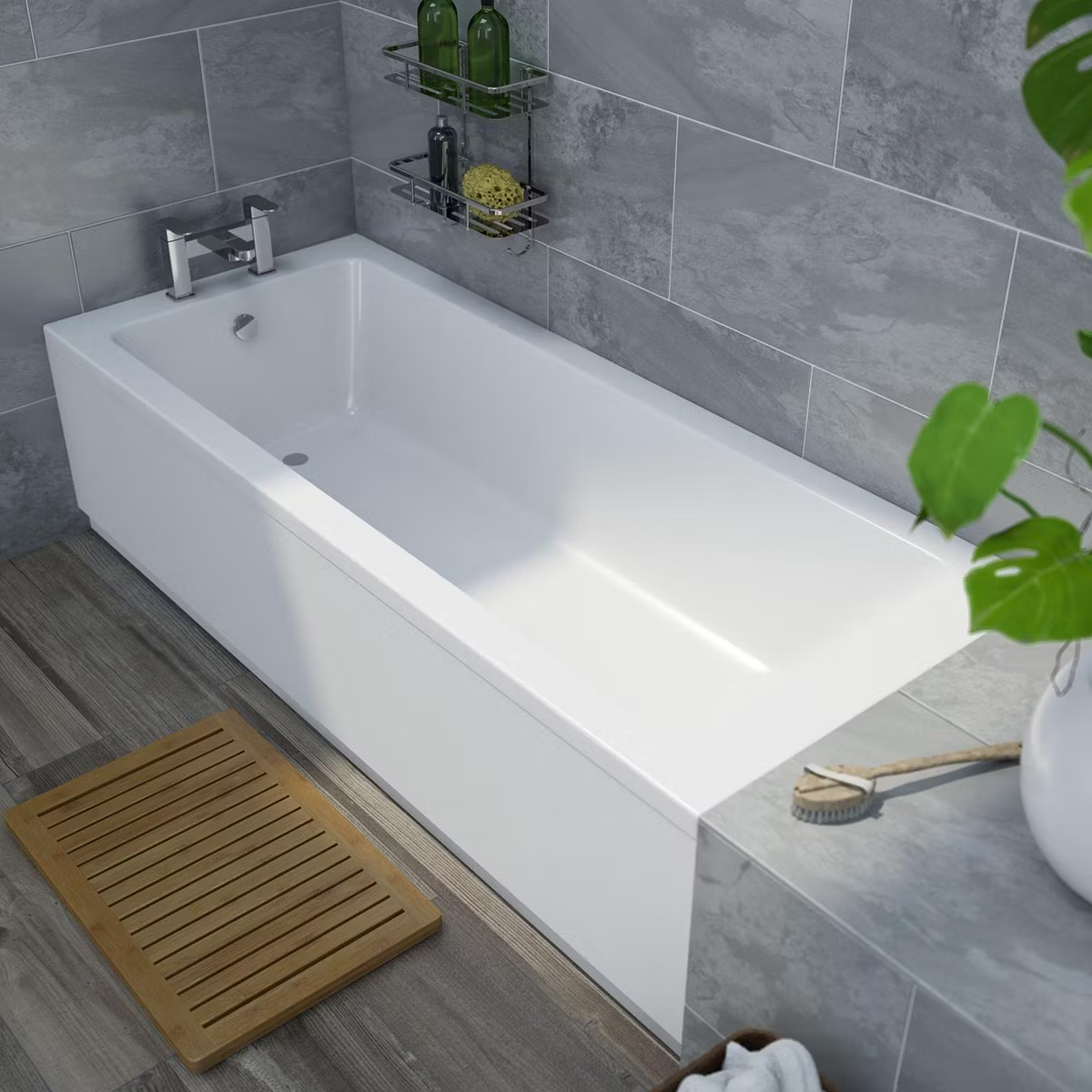The Evolution and Significance of the Bathroom Tab: A Comprehensive Guide
In the ever-evolving world of home design and functionality, the bathroom tab, commonly known as a faucet, has emerged as a key element that combines aesthetics, convenience, and technology. From its humble origins to its modern incarnations, the bathroom tab has undergone a significant transformation, reflecting broader changes in design and consumer expectations. This article explores the evolution, types, and significance of the bathroom tab, providing insights into how this seemingly simple fixture has become a focal point in contemporary bathrooms.
Historical Context
The concept of a faucet dates back to ancient civilizations. Early versions were rudimentary and often involved gravity-fed systems, where water flowed from elevated storage into a basin. The first true taps emerged in the 19th century with the advent of indoor plumbing, revolutionizing how water was accessed and used in homes.
Design and Functionality
Traditional vs. Modern Designs:
Traditional bathroom taps often featured separate controls for hot and cold water, with a cross-shaped handle being a common design. This setup, while functional, required users to manually mix water to achieve the desired temperature.
In contrast, modern taps often feature single-lever controls that allow for easy adjustment of water temperature and flow with a single movement. This design not only enhances convenience but also reflects a minimalist aesthetic that aligns with contemporary interior design trends.
Materials and Finishes:
Bathroom taps come in a variety of materials and finishes, each offering different benefits. Chrome, brass, and stainless steel are popular choices due to their durability and ease of maintenance. More luxurious options include polished nickel and gold, which can add a touch of elegance to high-end bathrooms.
Technological Advancements:
Recent innovations in bathroom taps have introduced features that enhance both functionality and efficiency. Touchless faucets, for example, use infrared sensors to activate the flow of water, promoting hygiene and conserving water. Temperature control mechanisms and water-saving technologies further contribute to a more sustainable and user-friendly bathroom experience.
Types of Bathroom Tabs
Single-Hole Faucets:
Single-hole faucets are designed with a streamlined appearance and operate with a single lever that controls both water temperature and flow. Their minimalist design makes them a popular choice for modern bathrooms.
Widespread Faucets:
Widespread faucets consist of separate hot and cold handles, which are mounted on either side of the sink. This design offers a classic look and allows for more precise temperature control.
Wall-Mounted Faucets:
Wall-mounted faucets are installed on the wall above the sink, freeing up countertop space and creating a sleek, contemporary look. They are particularly useful in smaller bathrooms where space is at a premium.
Deck-Mounted Faucets:
Deck-mounted faucets are installed directly on the sink or countertop. They are versatile and can be found in a variety of designs, from traditional to modern, making them suitable for different bathroom styles.
Significance and Impact
Aesthetic Appeal:
Bathroom taps are no longer just functional items; they are also design elements that contribute to the overall look and feel of a bathroom. A well-chosen faucet can complement the style of the space, whether it’s a sleek, modern bathroom or a classic, traditional setting.
Water Efficiency:
In an era of increased environmental awareness, water efficiency has become a key consideration. Many modern bathroom taps are designed with aerators and flow restrictors that reduce water consumption without sacrificing performance. This focus on sustainability aligns with broader efforts to conserve resources and reduce environmental impact.
User Experience:
The user experience is a critical aspect of bathroom tap design. Features such as ease of use, temperature control, and water flow adjustability all contribute to a more enjoyable and convenient bathroom experience. The integration of technology, such as touchless operation and programmable temperature settings, further enhances this aspect.
Conclusion
The bathroom tab has come a long way from its early iterations, evolving into a sophisticated fixture that blends form and function. Whether through its design, materials, or advanced features, the modern bathroom tap reflects broader trends in home design and consumer preferences. As technology and design continue to advance, it’s likely that the bathroom tab will keep evolving, offering even more innovative solutions for enhancing both the functionality and aesthetics of our bathrooms.
